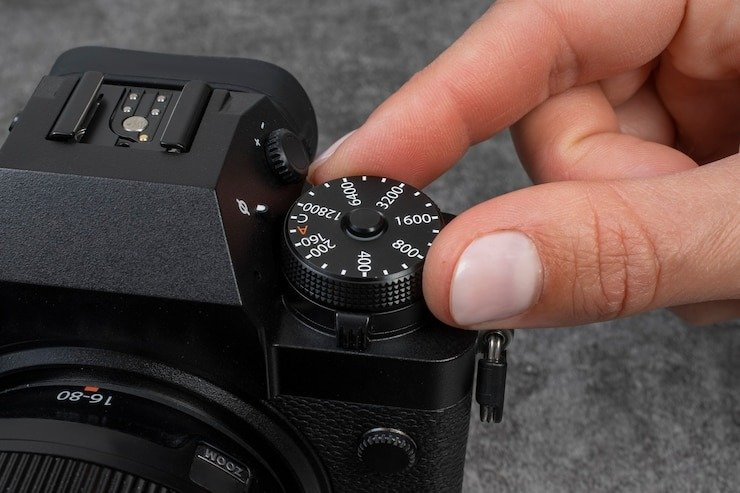User trust is important in the ever-changing world of online dating. Online dating identity verification can be considered an important tool in helping users trust their platforms when safety and authenticity have come into question. Employing a robust way for checking identities helps the apps connect users with real people, not profiles that might deceive or mislead them. This paper discusses how online dating identity verification develops users’ trust and the different approaches taken to ensure that this aim is met.
1. The Need for Online Dating Identity Verification
Online dating users pursue two things: truly getting to know people and avoiding fraud or deception. Online dating identity verification plays a critical role in ensuring such needs are addressed by verifying authentic user profiles. Identity verification mechanisms stand effective against any form of fake profiles and catfishing, which perpetuate trust issues and make for a terrible experience. Dating platforms ensure through advanced verification techniques that users are interacting with real individuals, thus boosting the factor of overall trust in the service.
2. Identity Verification Methods Used in Dating Applications
There are several means of identity verification tactics employed within dating platforms to ensure the authenticity of their users. Other techniques include online identity verification, where the users fill in their details and documents for verification; photo identity verification, where users submit images that get compared with those in profile photos. Other techniques, such as the identity image verification technique, require the users to take selfies for a comparison with the previously uploaded images to verify the user’s identity. All these have their strengths and weaknesses, and combining several of these will most likely arrive at a more robust way of verification.
3. How Photo Verification Builds User Confidence
Photo verification is one of the big guns in the online dating identity verification arsenal. This is where a user will be asked to upload a photo, which then gets matched with the profile pictures that they have posted. Through a variety of algorithms combined with image recognition technology, the dating apps will be able to verify if the photos align and match with a user’s identity. This helps build user confidence in the fact that profile images are real, and they interact with actual people.
4. Problems of Implementing Online Identity Verification
Against the backdrop of those advantages, online identity verification faces several challenges. The most crucial concerns relate to the guarantee of privacy for more thorough checks of verification. It is also highly relevant that users learn how their personal information will be stored and utilized. Furthermore, verification techniques are easily vulnerable to different fraud methods, such as deepfakes or image manipulation. In this regard, dating sites should have it on their agenda to find solutions emerging regarding verification challenges and regain users’ trust by continuously updating the verification process.
5. Ways that AI improves identity verification
Artificial intelligence is bringing forth innovative tools for Internet identification verification on the sites of online dating to help make one step ahead of fraudulent activities. An AI-driven system can analyze patterns, detect inconsistencies, and thereby make photo-verification processes far more accurate. For example, it will find out if images are manipulated or confirm that the photos have not been tampered with by comparing the facial features. Integration of AI into identity verification could have the sites far better positioned to catch fake profiles and safeguard the trust of users.
6. Future of Online Dating Identity Verification
As online dating continues to grow, so does the way it verifies identities, which will be a major feature in determining user experiences. In some years to come, there may even be further biometric verification, such as face or voice recognition, to build up the accuracy in the identity check. Moreover, with increasing concerns over users’ privacy, further development in this area is required to gain the trust of the users. Embracing such future developments will only further enable dating apps to provide users with a safe and secure environment where they can seek meaningful connections.
Conclusion
Therefore, the verification of identities of users in online dating sites is a crucial factor in promoting trust among users in the virtual dating environment. Thus, dating platforms can reduce the risks related to deception and fraud by using proper verification tools, thus connecting people to real users. Nonetheless, the ever-changing techniques in fraud and privacy issues are some of the hurdles that can be solved by new technologies, especially artificial intelligence.
With the ever-evolving market of online dating services, it is crucial for them to build user’s trust by implementing a strict identity verification process for those who are seeking for a genuine connection. Through the constant development of verification procedures and considering users’ feedback, dating applications can sustain a high level of reliability and give the users the necessary confidence to expand their opportunities for interactions. In conclusion, the success of online dating in the future will depend on the ability of the platform to provide safety, authenticity and a good experience for the users to find their partners safely.




